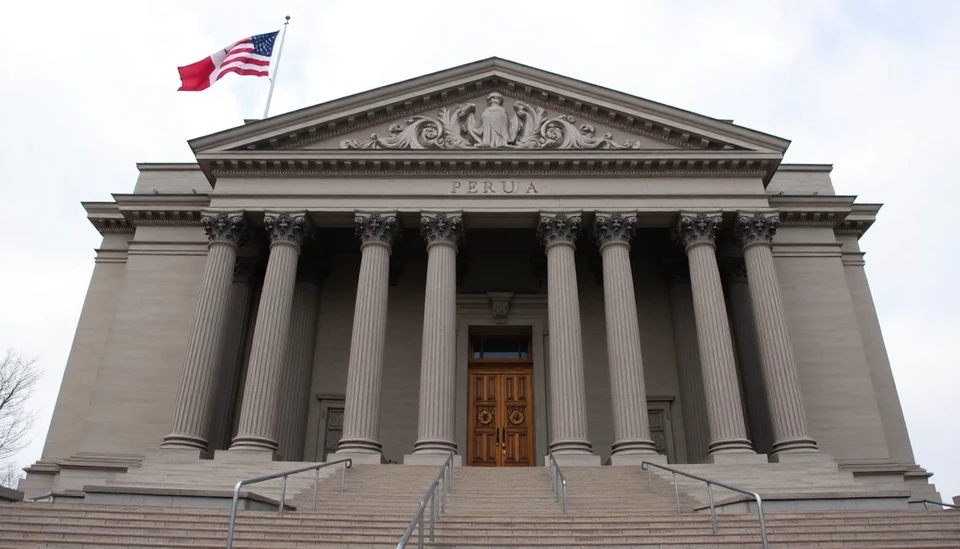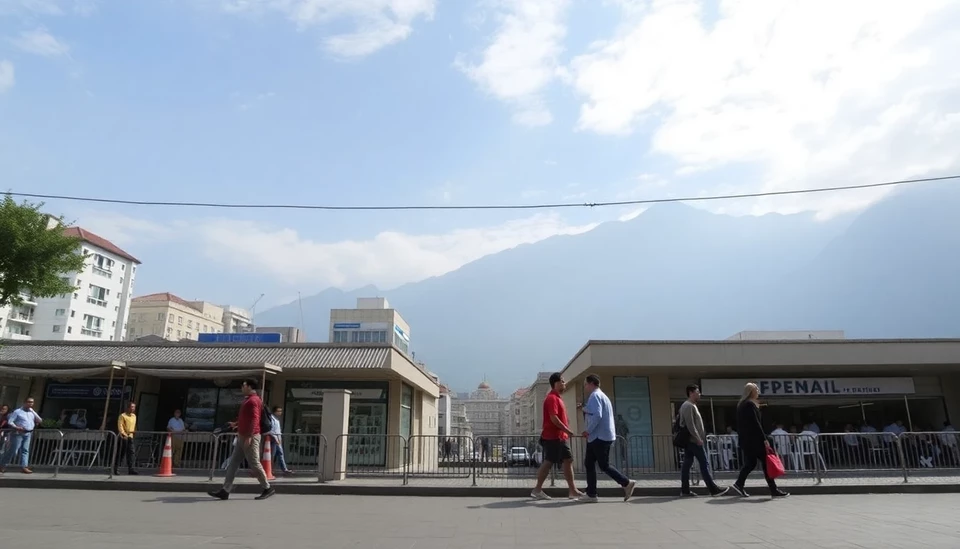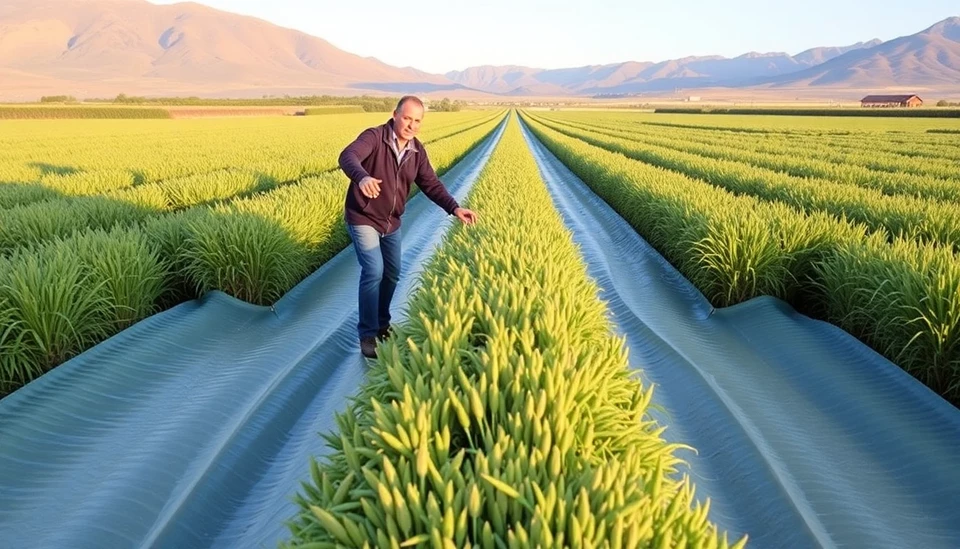
In a pivotal moment for Peru's economy, the Central Reserve Bank is weighing its options regarding the key interest rate, with decisions expected to be made in light of evolving tariff policies from the United States. This consideration comes as the nation grapples with external economic pressures and seeks to stabilize its financial landscape.
The Monetary Policy Committee is set to convene on [insert date] to assess the current economic climate and its implications for the national key rate. Analysts are closely observing how the bank will navigate the complexities of both domestic inflation and international trade dynamics. The potential for U.S. tariff adjustments raises significant questions about the impact on Peru’s exports, particularly within key sectors such as mining and agriculture.
Market expectations indicate a cautious approach from the Central Reserve Bank, as officials are likely to maintain the current key rate amidst uncertainty. This strategy aims to provide a buffer against inflationary pressures, which have recently begun to rise. Further complicating matters is the heightened volatility in global markets, driven by fluctuating commodity prices and geopolitical tensions that could significantly influence Peru’s trade balance.
The implications of U.S. tariff policies are profound, as Peru benefits from trade agreements that could either be bolstered or undermined by changes in American trade strategy. With the agriculture sector heavily dependent on exports to the U.S., any shifts in tariffs could spell trouble for farmers and producers alike, prompting the Central Reserve Bank to consider these external factors in its monetary policy decisions.
Furthermore, as global economic forecasts remain mixed, the Central Reserve Bank's decision will also reflect broader regional trends. Countries in Latin America are similarly facing the dual challenges of rising inflation and global economic fragmentation, making collaboration and strategic decision-making crucial now more than ever.
As the date of the announcement approaches, economists and analysts will be keeping a keen watch on the statements from the Central Reserve Bank, which may offer insights into Peru's future monetary policy direction as well as its long-term economic stability.
Peru finds itself at a crossroads, and how it chooses to respond to both internal and external pressures could set the stage for its economic trajectory in the coming months. Stakeholders from various sectors remain vigilant as the nation navigates this critical juncture.
For those involved in Peru's economic landscape, this period of analysis and contemplation promises to shape the competitive edge and resilience of the nation amidst an ever-changing global landscape.
#Peru #CentralBank #InterestRates #USTariffs #MonetaryPolicy #Economy #TradeAgreements #Inflation #EconomicStability #Agriculture
Author: Laura Mitchell




